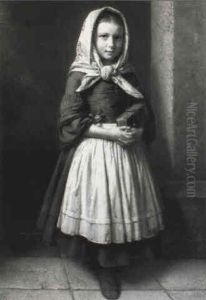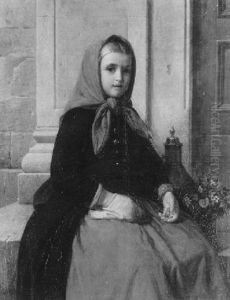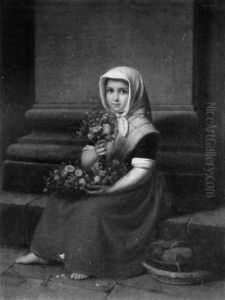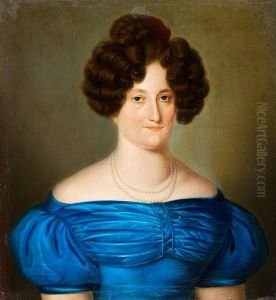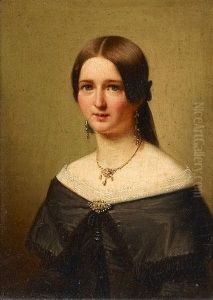Karl Friedrich Boser Paintings
Karl Friedrich Böser was a German artist born in 1809, known for his contributions to portrait painting and lithography during the 19th century. Throughout his career, Böser distinguished himself with a keen eye for detail and a profound ability to capture the essence of his subjects, making him a sought-after portraitist among the German elite. Despite the limited documentation on his early life, it is known that he dedicated much of his time to mastering the intricacies of painting and printmaking, skills that would later define his artistic legacy.
Böser's work is characterized by its meticulous attention to the textures of fabrics, the subtleties of facial expressions, and the nuanced interplay of light and shadow, all of which contributed to the lifelike quality of his portraits. His lithographs, meanwhile, were celebrated for their precision and clarity, showcasing his versatility as an artist. Throughout the mid-19th century, Böser’s contributions to German art were recognized by his contemporaries, and he participated in several exhibitions, where his works were met with acclaim.
Despite his success, Karl Friedrich Böser remained a relatively private figure, focusing on his art rather than public recognition. He continued to work and refine his craft until his death in 1881. Today, Böser's legacy lives on through his portraits, which not only capture the physical likenesses of his subjects but also offer insight into the social and cultural milieu of 19th-century Germany. His works are preserved in various museums and collections, serving as a testament to his skill and dedication as an artist.



